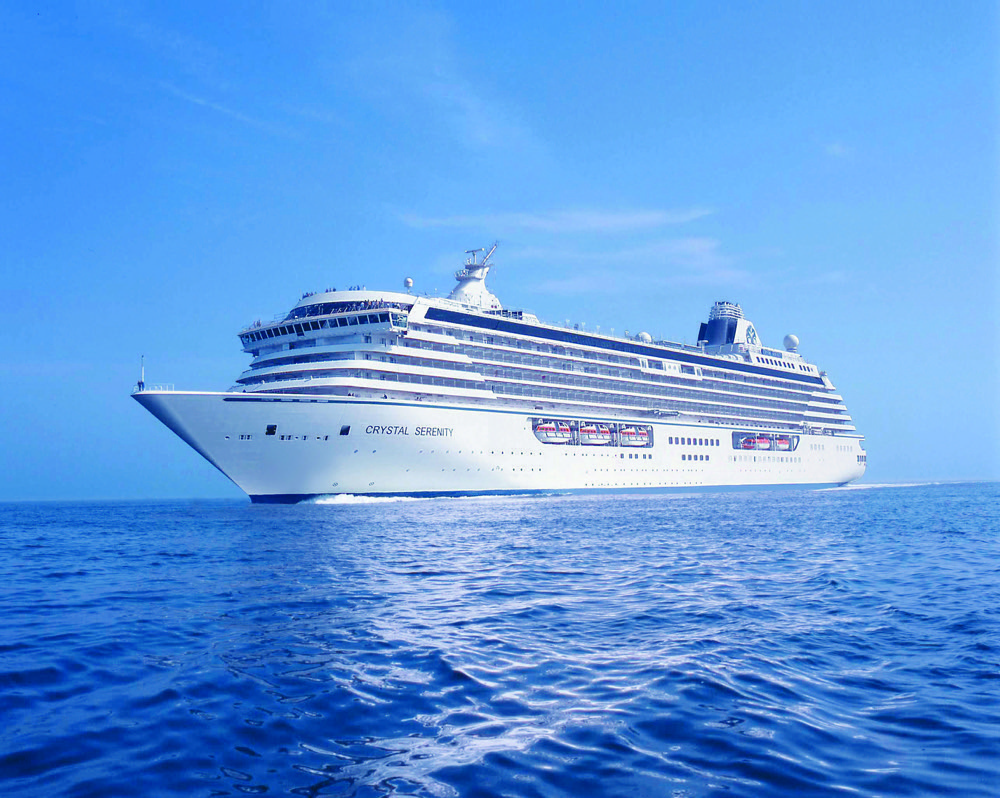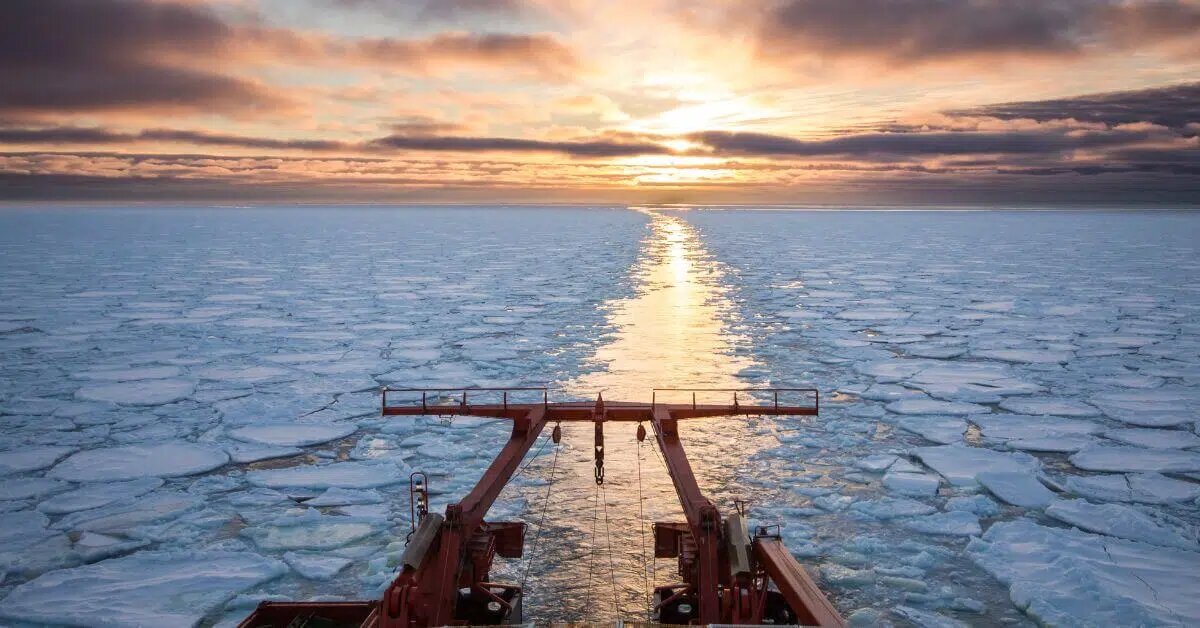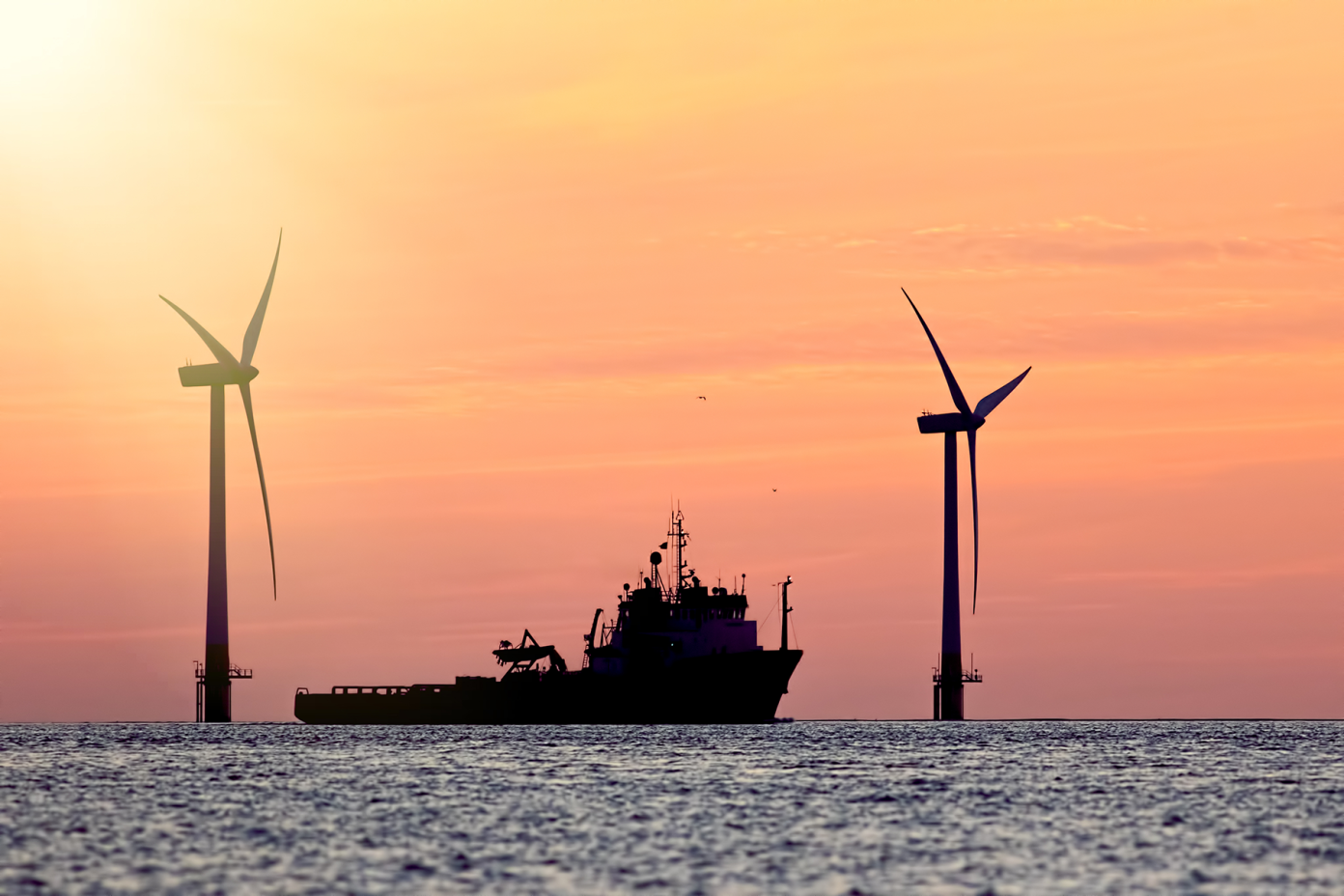Left: Prof. Lynn Loo, CEO, GCMD, Right: Dr. Patrick Verhoeven, Managing Director, IAPH / Photo credit: GCMD
Two major organizations in the maritime sector are now joining forces to advance the role of ports in shipping’s fuel transition.
The International Association of Ports and Harbors (IAPH) and the Global Centre for Maritime Decarbonisation (GCMD) have formed a two-year partnership to speed up shipping’s green transition.
The two partners intend to enhance the maritime industry’s preparedness for the fuel transition by advancing alternative fuel bunkering, developing port infrastructure, and shaping regulatory frameworks.
The collaboration was announced during the IAPH 2025 World Ports Conference in Kobe, Japan.
The partnership combines GCMD’s experience in addressing operational, safety and technical gaps throughout the shipping value chain with IAPH’s expertise in clean marine fuels and port readiness.
Over the past six decades, IAPH has developed into a global alliance of ports, representing today some 190 ports and 167 port-related businesses in 89 countries as of 6 December 2024. The member ports together handle well over 60% of the world’s sea-borne trade and over 60% of the world container traffic.
GCMD conducts pilot projects across the shipping value chain, co-develops risk-mitigation strategies for deploying new fuels, and establishes operational procedures for safe ammonia bunkering and liquid CO₂ offloading. Results are shared with multiple ports to build globally applicable practices.
Through its Clean Marine Fuels Working Group, IAPH has developed tools for ports and shipping to facilitate safe and efficient bunker operations for all existing and upcoming clean marine fuels.
The organisation will work with GCMD to refine its own suite of tools and co-develop new ones to assist ports, shipowners and operators in adopting new bunkering fuels and transporting low- and zero-carbon fuels as cargo.
Professor Lynn Loo, CEO of GCMD, said, “In nearly all of GCMD’s pilots, ports have been pivotal to our success – whether in enabling the world’s first ship-to-ship ammonia transfer at the Pilbara, bunkering across six biofuel supply chains in Singapore or the Port of Rotterdam, or demonstrating the full value chain for onboard captured CO2 in China. Our collaboration with IAPH brings global reach and influence that will help us deepen our work with ports, turning pilot learnings into scalable operations essential for the energy transition.”
Dr. Patrick Verhoeven, managing director, IAPH, stated: “We look forward to teaming up with GCMD’s experts, who will work with our port members to co-develop tools to help further accelerate the decarbonisation of the maritime sector and to derisk long-term investments in port infrastructure, which will be essential for the industry’s energy transition.”




